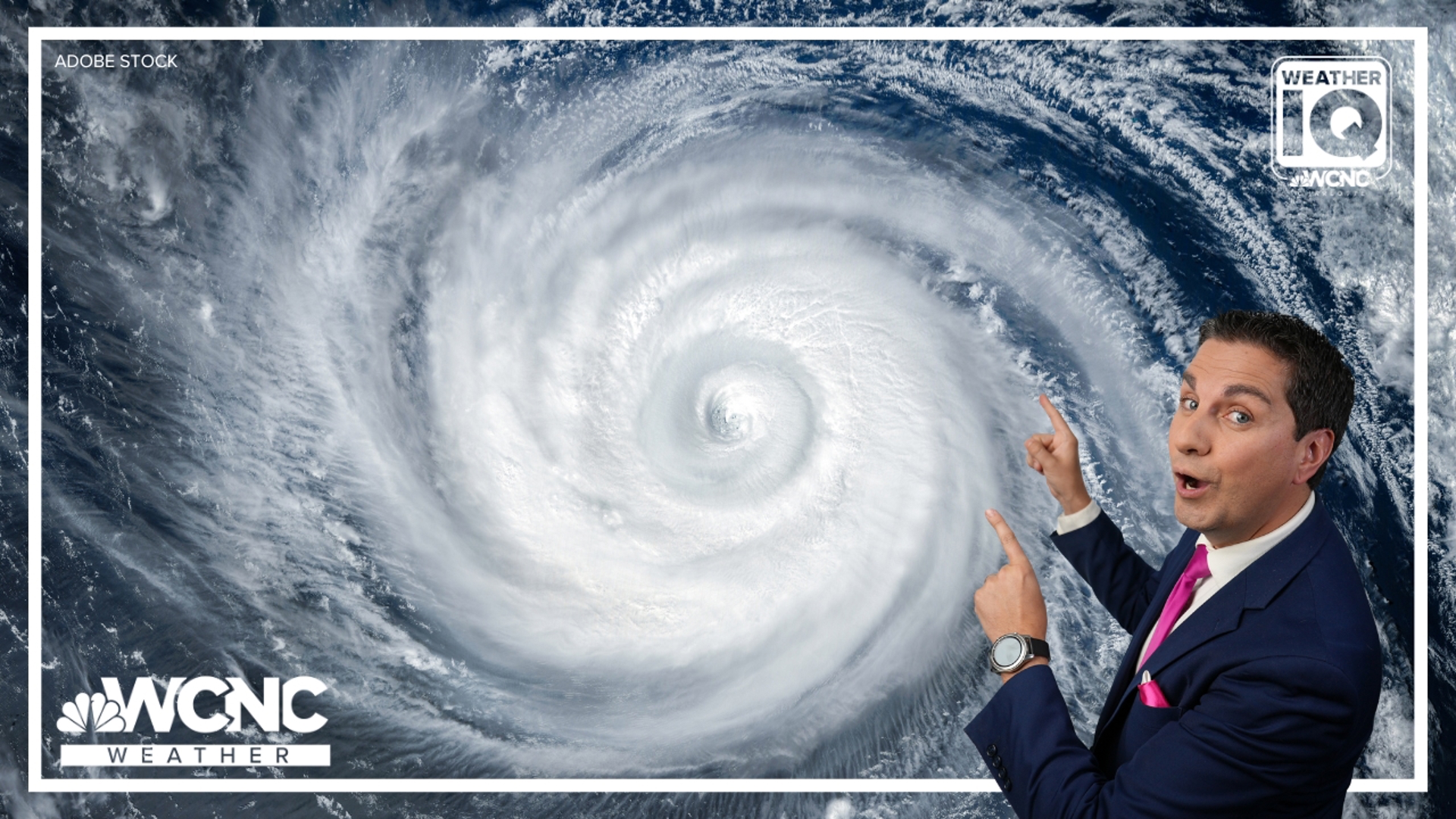The federal government is predicting a below-average 2015 hurricane season in the Atlantic Basin, it announced Wednesday.
Three to six hurricanes are expected to form in the region, which includes the Atlantic, the Caribbean Sea and Gulf of Mexico.
An average season, based on data from 1981-2010, typically spawns six hurricanes.
El Niño, a warming of tropical Pacific Ocean water, is the main factor in the quiet season, said Kathryn Sullivan, the NOAA administrator. Wind and pressure patterns caused by El Niño tend to suppress hurricane development in the Atlantic, she added.
The Atlantic season officially starts Monday and runs through Nov. 30, though Tropical Storm Ana jumped the gun in early May, slamming into the Carolina coast. The peak of the season is usually in August and September.
The forecast was made by scientists from the National Oceanic and Atmospheric Administration and was issued Wednesday morning at a news conference in New Orleans on the 10th anniversary year of Hurricane Katrina.
As it does every year, NOAA calls for preparedness, noting that it only takes one storm to make for a bad season. Deadly and destructive Hurricane Andrew hit in 1992, a year that what was otherwise a quiet year for hurricanes.
In addition to the calming effects of El Niño, the ocean water in the Atlantic where storms form isn't too toasty.
"We also expect sea surface temperatures in the tropical Atlantic to be close to normal, whereas warmer waters would have supported storm development," said Gerry Bell, lead seasonal hurricane forecaster with NOAA's Climate Prediction Center.
Overall, NOAA predicts that six to 11 named tropical storms are likely to form. Tropical storms have wind speeds of 39 mph or higher. A storm becomes a hurricane when its winds reach 74 mph.
Of the hurricanes, up to two could be "major" ones. Major hurricanes have wind speeds of 111 mph or higher, and are rated as Category 3, 4 or 5 on the Saffir-Simpson Scale of Hurricane Intensity.
The U.S. has been in a remarkable, decade-long drought of major hurricane landfalls. The most recent to hit was Hurricane Wilma in October 2005.
Last month, Colorado State University meteorologists predicted seven tropical storms would form, of which only three would be hurricanes. Colorado State University meteorologist William Gray was the first scientist to make seasonal hurricane forecasts in the 1980s.
AccuWeather and The Weather Channel, two of the biggest private weather forecasting companies, also expect a quiet hurricane season. AccuWeather said eight named tropical storms will form, four of them hurricanes. The Weather Channel forecasts nine tropical storms — five of them hurricanes.
Since 2000, NOAA's tropical storm and hurricane forecasts have been hit or miss: NOAA's prediction has been accurate in eight of the past 15 years, according to a USA TODAY analysis.
The next few named storms of the Atlantic hurricane season this year will be Bill, Claudette, Danny, Erika and Fred.


